Cassava /Manihot esculenta/ is a tropical shrub belonging to the family Euphorbiaceae. Grown mainly in South America and Africa. The plant is considered the third largest source of food carbohydrates in the tropics. Cassava is a major food in developing countries, providing a livelihood for some 500 million people.
The root of the cassava is tapered and long, with a solid homogeneous core, which is encased in a crust of a thickness of about 1 mm. Cassava varieties which are intended for sale reach 5-10 cm diameter at its upper portion and a length of 15 to 30 cm. The fruit’s interior may be yellow or white in color.
Cassava is grown easily and has a very rich harvest, like many tropical plants. We can freely say that cassava is one of the most productive plants grown for human consumption. It takes second place in productivity after sugarcane.
The earliest evidence for the cultivation of cassava has been found in archaeological excavations in El Salvador. These excavations have shown that even the Mayans cultivated cassava. Cassava is a major food for the people of America in the pre- Columbian and is often depicted in local art.

Composition of cassava
Manioc is extremely rich in starch. Contains a lot of protein and important minerals such as calcium, potassium, iron. Manioc is high in vitamin C. Raw cassava roots contain glycosides of hydrocyanic acid, the concentration of which divides varieties cassava into sweet and bitter.
If the tissue is injured, the plant glycoside comes into contact with the linamaraza enzyme which decays to acetone and hydrogen cyanide. The dose of the hydrocyanic acid contained in 400 g of crude bitter cassava is lethal to humans.
Selection and storage of Manioc
The root of cassava is hard to find, but at specialized shops manioc flour can be purchased, which is gluten-free.
Cassava in cooking
As seen, the consumption of large quantities of cassava root is very dangerous to health. However, this applies only to crude form. To remove hydrogen cyanide, manioc is subjected to heat treatment. Another way to remove the dangerous poison is grinding and drying of the root crop. With the flour, you can bake delicious, thin tortillas.
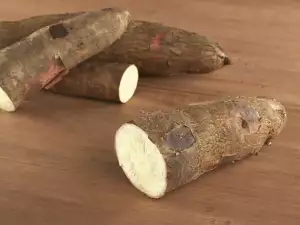
From the root of cassava is prepared gluten-free starch tapioca. Used for thickening soups, creams and other dishes. Can be found in powder, flakes, sticks or small balls. Tapioca is used in recipes for creams. It has a very neutral flavor, so it can be combined with savory spices.
Coconut and tapioca are very good partners, so we present the recipe for cream with coconut milk and tapioca:
Ingredients 1 cup tapioca, 400 ml coconut milk, 2 quinces, 5 tablespoons powdered sugar and 3 tablespoons brown sugar.
Preparation: Soak tapioca overnight. In the morning wash and boil in 11/2 cups water. Stir constantly until the tapioca balls become transparent. Then, add powdered sugar and coconut milk. Stir until thickening of the mixture. The quince is cut into cubes and arranged in a baking dish. Bake for half an hour, stirring occasionally. Then sprinkle with brown sugar and leave in the oven to caramelize.
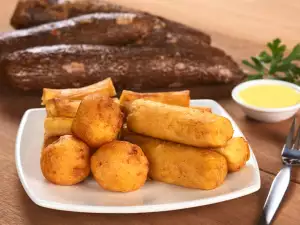
While the cream of tapioca is still hot, it is distributed in dessert bowls, leave to tighten slightly, then put the grilled quince on top. The cream may be consumed both hot and cold.
The root of the cassava is prepared as is and peeled and cut to length. The solid, which is located in the middle was removed. Then the tubers are cut into pieces and boiled in salted water. Serve with a spicy sauce prepared in advance from olive oil, garlic, parsley and salt. Boiled cassava can also be fried. Cassava is used in both savory and sweet dishes.
Benefits of cassava
Cassava ointment is useful in corneal ulcers and conjunctivitis. Cassava is a mild laxative and good antiseptic. In addition to cooking, cassava is also used in cosmetics. Tapioca is contained in many toothpastes, cosmetics for the face and body. Tapioca contains no gluten, which makes it suitable for consumption by people with gluten intolerance.
Dangers of Cassava
Although it is one of the most productive plants in the world, it became clear that cassava contains hazardous substances that threaten human health and life. For this reason, you should consume well cooked tapioca with no traces of hydrocyanic acid.
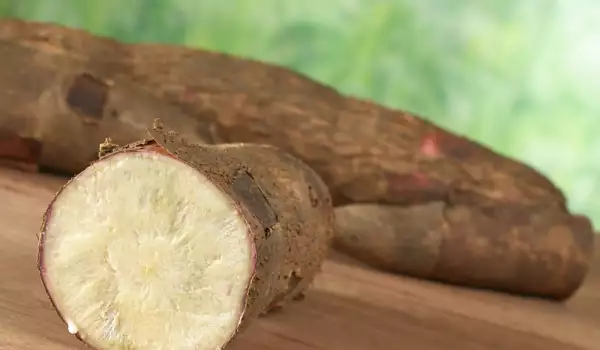
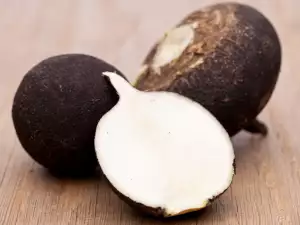
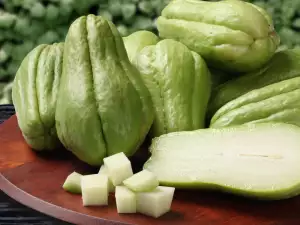
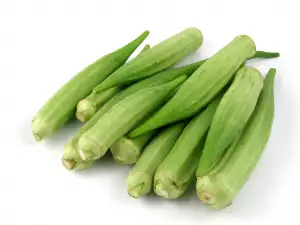
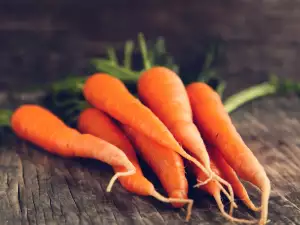
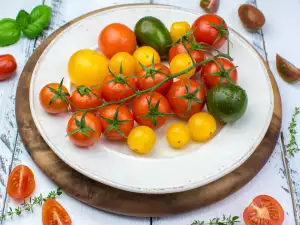
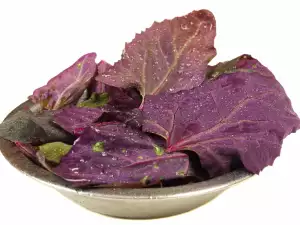
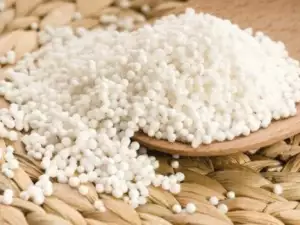
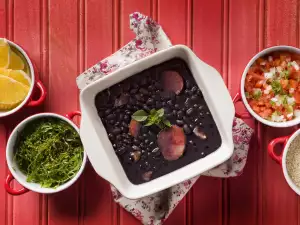
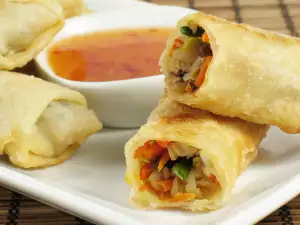
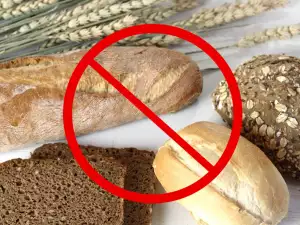

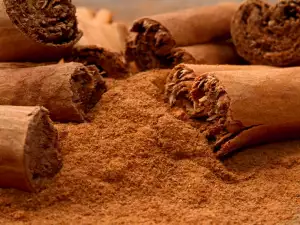
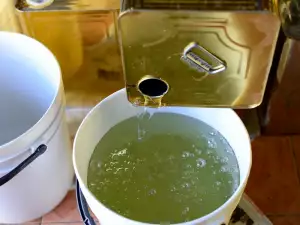
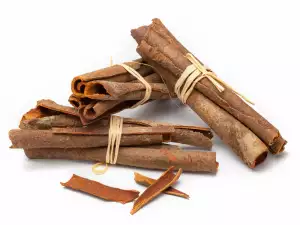
Comments